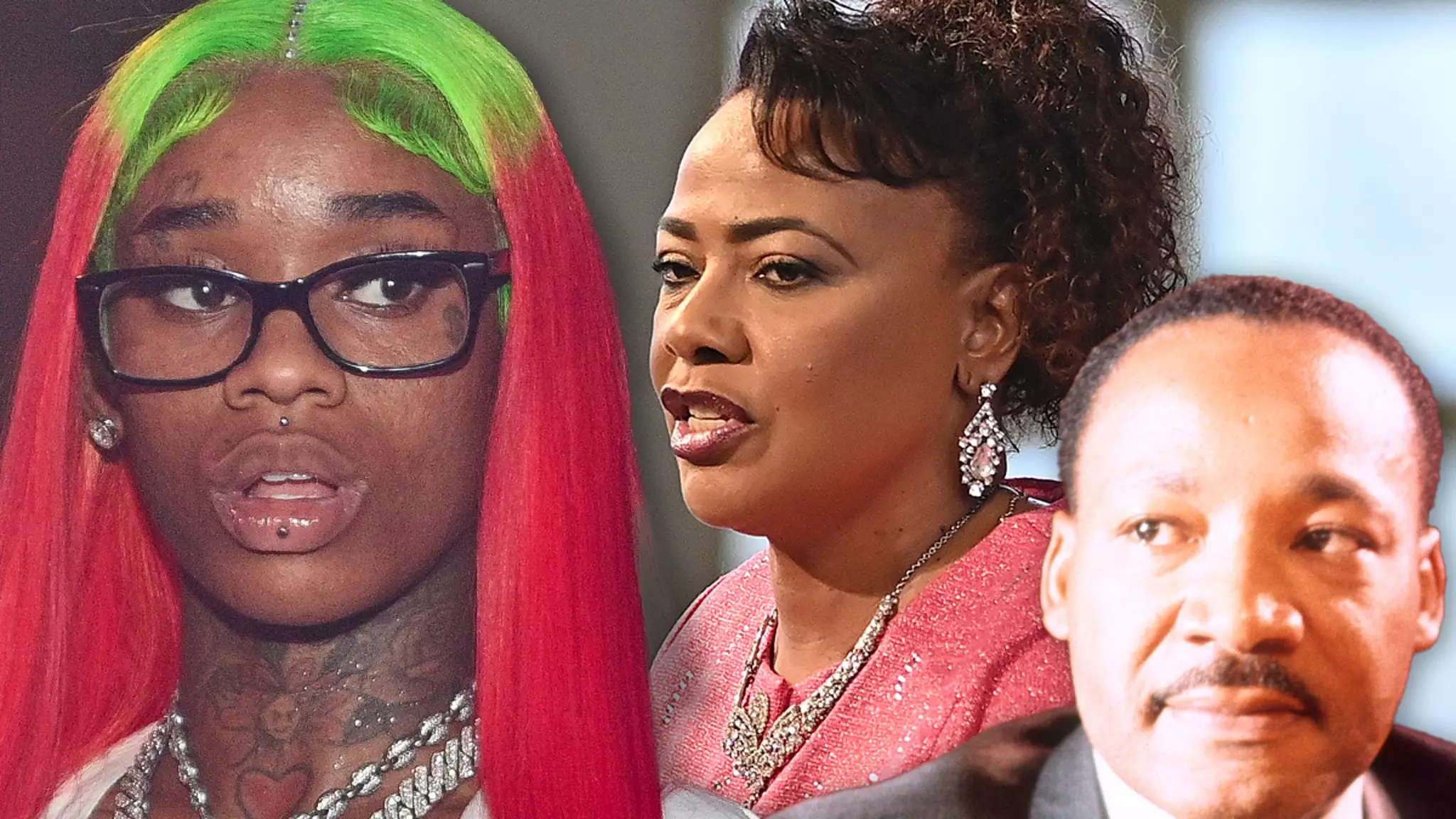The recent controversy surrounding rapper Sexyy Red and Bernice King, daughter of the late Martin Luther King Jr., has ignited a heated discussion on social media about the intersection of artistic expression and respect for historical figures. In a move to commemorate Martin Luther King Jr. Day, Sexyy Red posted AI-generated images of herself alongside the Civil Rights leader, which quickly escalated into a debate on ethics and propriety.
While Sexyy Red’s pictures garnered over 50,000 likes, the celebrity’s intentions were met with harsh criticism from Bernice King. Bernice condemned the images as disrespectful, labeling them “intentionally distasteful” and arguing that such representations strip the legacy of her father of its seriousness. This conflict forces us to consider—not just the subjective nature of art and expression—but the appropriate ways to honor those who fought for justice and equality.
The Role of Social Media in Shaping Public Discourse
This incident highlights the double-edged sword of social media as a platform for both expression and misinterpretation. In the digital age, artists often leverage social media to connect with their audience; however, this interaction can sometimes misfire. The rapid nature of posting and sharing can gloss over the nuances that require deeper consideration.
In this case, Sexyy Red’s nod to MLK was an attempt at fusion—blending her style and cultural persona with a revered historical figure—but it miscalculated the depth of feeling associated with King’s legacy. The backlash she received illustrates how public figures must be mindful of the consequential messages their actions can send, especially when intertwining personal expression with historical context.
Legacy, Respect, and Apologies
In her response, Bernice King emphasized the gravity of her father’s mission, reminding the public that he was assassinated while advocating for civil rights and social justice. As she urged Sexyy Red to delete her controversial post, the conversation moved into the realm of accountability. Bernice’s stance not only acts as a shield for her father’s legacy but also serves as a reminder that those in the public eye have a duty to maintain respect for the movements that shape society.
Interestingly, reactions varied; some defended Sexyy Red, with opinions from other artists or public figures suggesting that Bernice should acknowledge the artistic intent behind the rappers’ posts. This divergence in viewpoints illustrates a broader cultural schism regarding the interpretation of homage and how it can manifest in today’s rapidly changing societal context.
As this dialogue unfolds, it urges us to evaluate the responsibility of public figures in navigating the delicate balance between cultural representation and respect for history. It serves as a crucial reminder to engage thoughtfully with the powerful narratives woven through our collective past. In this case, one can hope that both parties find common ground, fostering a conversation that elevates the importance of civil rights and the essence of appreciation without trivialization. The incident ultimately illuminates the need for greater sensitivity and engagement when merging the contemporary with the historic.

